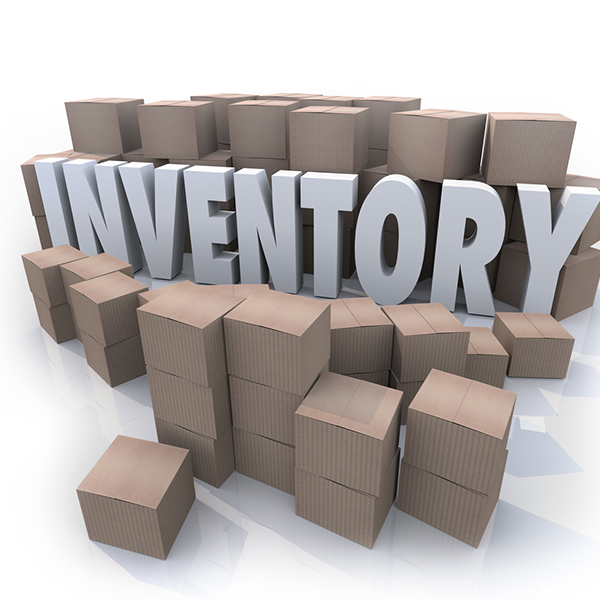Asset-Based Lending
Asset-Based Lending

Asset-Based-Lending is typically arranged with the establishment of a “revolving line of credit” for qualified businesses that is secured by accounts receivable, inventory, and eligible equipment. It is commonly referred to as factoring’s big brother since many early stage business owners involved in manufacturing and distribution and utilizing factoring for cash flow solutions eventually will evolve to the use of a larger asset-based lending arrangement for the financing of their inventory and equipment. Unlike factoring which requires no credit history for qualifying, however, a business will need some amount of credit history to qualify for an asset-based lending revolving line of credit.

Accounts Receivable
Revolving lines of credit with credit lines created of 80 % or more based upon the amount of the business accounts receivable outstanding

Inventory
Asset-based lines of credit also include credit provisions for inventory with credit lines of 50% or higher for most categories of goods

Equipment
Asset-based revolving lines of credit can additionally include a provision for qualifying types of tools and equipment
How Asset-Based Lending Works

Asset-based Lending is a powerful source of commercial finance with a number of unique characteristics. As a source of working capital, it directly meets the needs of: rapidly growing and undercapitalized companies.
Asset-based lenders provide credit to a broad array of businesses both large and small. In most instances, asset-based lending is employed when the rapid growth of a business outpaces its capitalization.
For entrepreneurs, asset-based lending is the natural “financing successor” to commercial factoring and in fact, factors typically “groom” businesses for a subsequent relationship with an asset-based lender. Typically, asset-based lending:
- requires some credit history for both the company and its owner(s).
- addresses companies in their “growth / expansion” or “operational” stages of existence rather than “start up”.
- differs from factoring in that it provides financing for inventory and equipment as well as accounts receivable.
- requires borrowers to qualify by meeting certain financial ratios and formulas

- When used correctly, an ABL facility can provide your company with financial stability and predictable cash flow
- Most asset based financing facilities provide great flexibility. Usually, there are few restrictions on how you can spend the money as long as it is for a business purpose.
- Companies that meet the qualification criteria can get an asset based loan fairly quickly. The application and underwriting process is much faster than qualifying for a conventional loan or line of credit.
- An asset based line allows you to build and improve your track record with a lender as you work to grow your business further. Once your track record is established and strong enough, you should be able to move to an even less expensive solution.